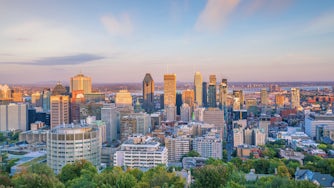A greener Oslo: Modelling conscious fashion and a fully electric public transport system
Mountain-studded, waterfall-sprinkled, and fjord-graced, Norway tops many nature lovers' lists of the most breathtaking places to experience. The country also tops sustainability lists like Good County’s for global contribution to the planet and climate.
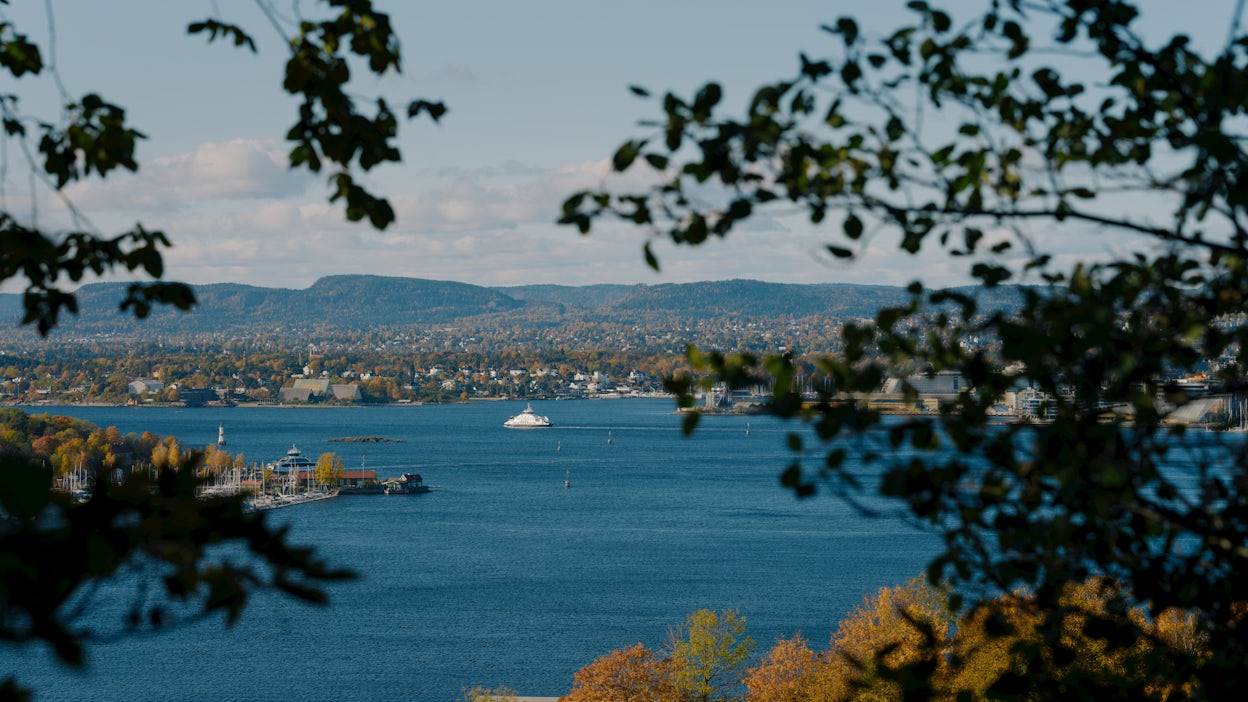
Sustainability is a big part of Norwegian culture. From preserving and enjoying the country’s unique nature (as well as harnessing its force to provide the country with green energy) to shopping and travelling electric, green is all around.
Norway’s green commitments is often illustrated by its high adoption rate of electric vehicles. Currently, almost 80 % of all new cars sold are electric.
The country’s move toward electric transportation stretches even further to include Oslo’s soon-to-be world-first fully electric public transport system. It is also here, in the capital of Norway, where a lot of the green thinking takes place. Which is why we set out to uncover the sustainable up-and-comers and the green pioneers of Oslo.
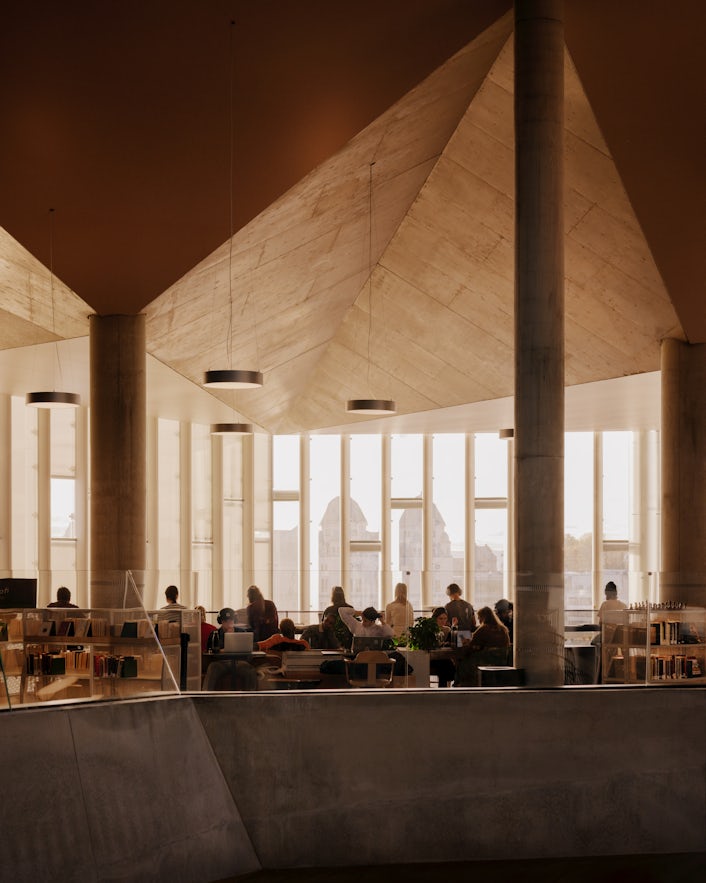
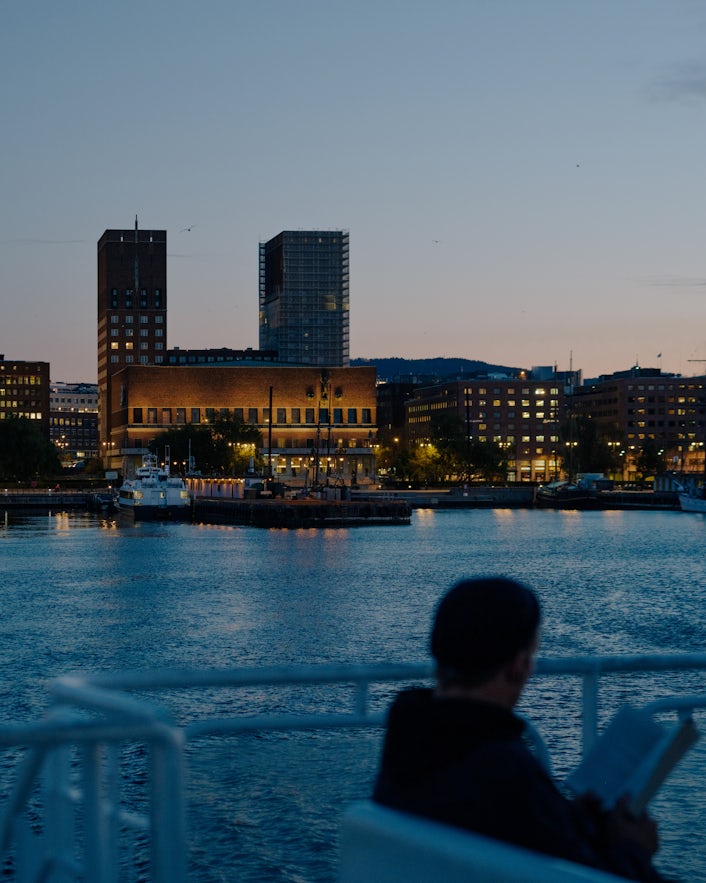
Recycle, redesign and reuse with ILAG
Much of the fashion industry’s issues – and subsequent critique – are attributed to the concept of fast fashion. A few decades ago, clothes became cheaper, trend cycles sped up, and shopping turned into a weekly thing. Quality went out the window and quantity kicked down the door. Soon enough, we’d entered the fast fashion era.
But it wasn’t always that way. Before fashion became fast, shopping for clothes was occasional, seasonal and selective. Slow.
A few years ago, Renate Nipe, then fashion designer, walked into one of the fast fashion chain’s stores. Like many times before, she was met with racks upon racks of countless pieces in the same style. Only this time, something in her mind clicked. She had long wanted to create something of her own. This just happened to be her moment.
So, in 2019, Renate set out to create an alternative to the endless styles and rapid trend cycles that characterise fast fashion – and still is a common sight in most clothing stores. Renate’s idea was new, different and innovative, leading the Norwegian government body Innovasjon Norge to give her a grant to kick-start her new sustainable business.
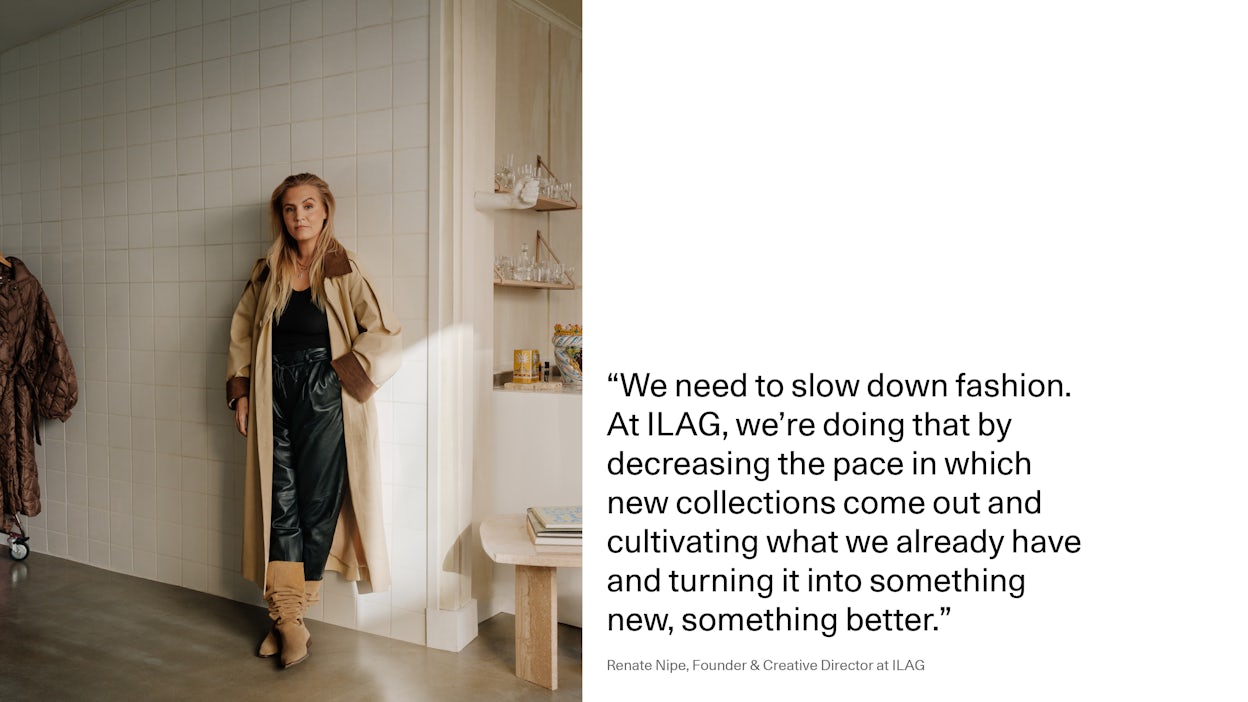
Her idea was to create timeless yet fun and colourful designs that consumers could cherish for longer. And if they grew tired of the styles, they could return their garments to be rinsed, redesigned and reused.
“For me, sustainability is a given. Creating garments in this era has to be done in a responsible and ethical way. It’s the only way,” says Renate Nipe, Founder and Creative Director at ILAG.
ILAG’s designs are now available in more than 20 stores across Norway, and the return scheme is up and running, with easy directions listed on their website. All the garments are made from natural fibres, surplus materials and certified recycled materials. Collections are few and far between, with only two collections per year, compared to the standard 4-6 collections per year.
“We need to slow down fashion. At ILAG, we’re doing that by decreasing the pace in which new collections come out and cultivating what we already have and turning it into something new, something better.”
For the upcoming SS24 collection, ILAG will have a smaller selection than previous collections, focusing mainly on outerwear and knitted garments. It will also include redesigned pieces from the brand’s previous collections.
ILAG’s designs will also be available in their new pop-up store in Sandvika, Norway, from November 2023.
The photos are taken at Borti, a small female-owned design boutique in Oslo with a passion for quality, with their curated selection of furniture, interior design pieces, and vintage clothing.
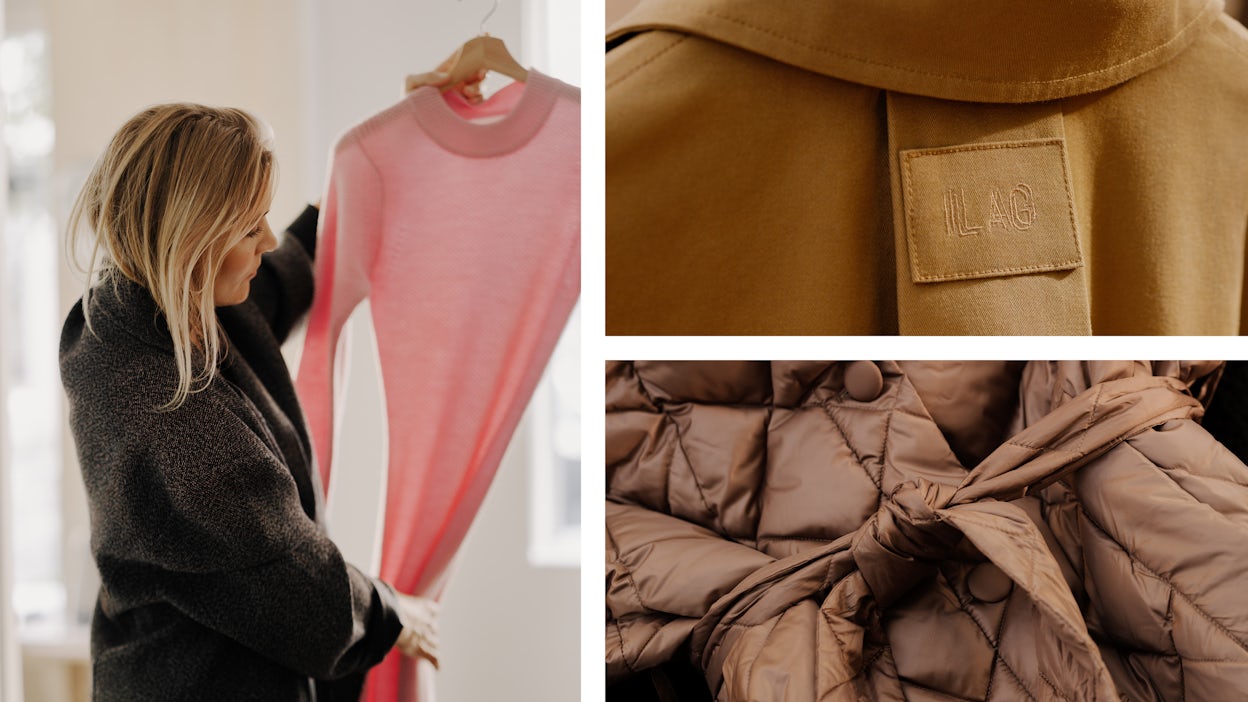
Following suit with Oslo Runway
Fashion is one of the world’s most polluting industries, along with the transportation sector. But like with the automotive industry, there are boundary-breaking fashion brands that are doing good for the environment.
You just need to know where to look.
At Oslo Runway, Norway’s annual fashion week, you can rest assured you’re consuming brands with a strong sustainability ethos. From 2023 forward, all brands that want to participate in the event must fulfil the sustainability criteria developed by their Danish equivalent, Copenhagen Fashion Week (CPHFW).
CPHFW’s list of requirements includes 18 points of action that all brands need to have met before they’re considered for the event. Additionally, brands will be asked to answer questions regarding the status of their sustainability efforts.
Compared to CPHFW, Oslo Runway may still be an up-and-comer as far as international fashion weeks go. But at the national level, Oslo Runway is recognised as the most impactful showcasing area for fashion and design.
This seems to be a case of the ever-so-welcome trickle-down effect of sustainable practice. Oslo Runway is following suit, hoping to inspire others to do the same.
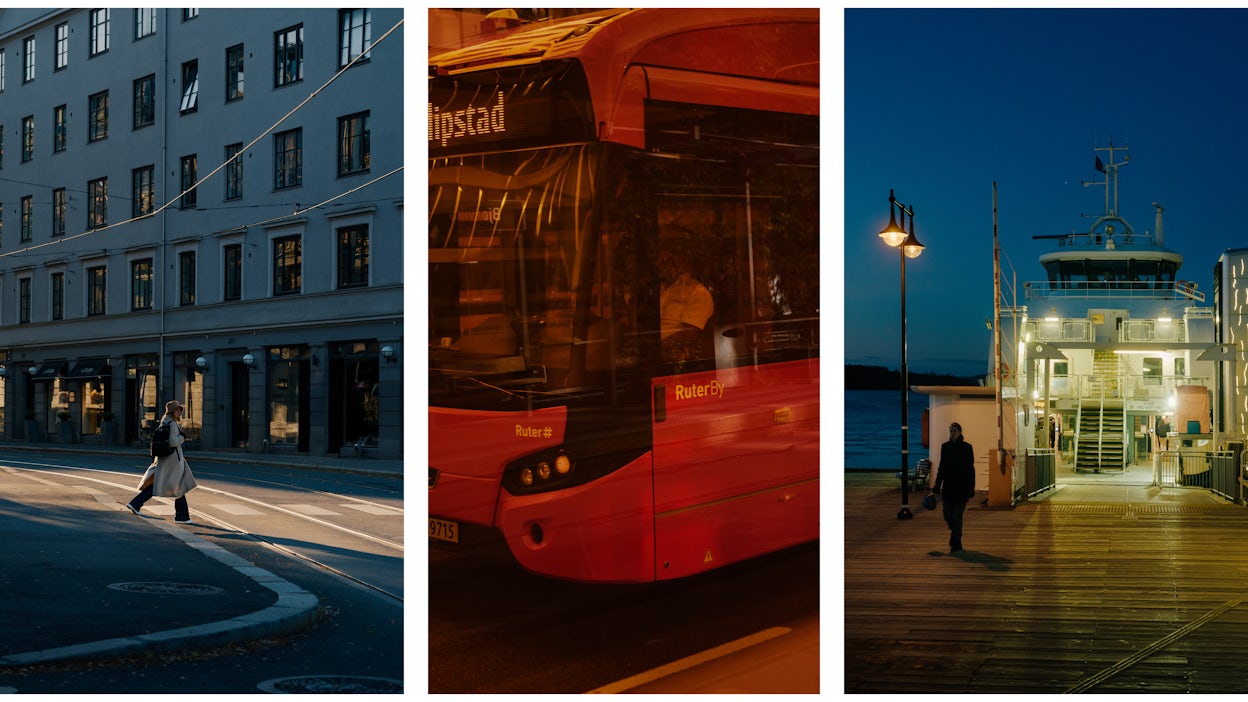
I think this is just the beginning of a an even greener, cleaner Oslo.
World-first fully electric public transport system
What do slow fashion and fast trains have in common? They’re both green. At least in Oslo.
Come the end of 2023, commuters can be just as sure as visitors of Oslo Runway that the full range of public transit system’s offering is sustainable, with the city’s trams, trains, buses and ferries all set to be electric by the end of this year.
The city is well on its way to meet its target. In October 2022, the government secured one of the final pieces of the puzzle, announcing a deal to replace the city’s remaining diesel buses with electric ones. The push for e-buses is not only better for the environment, but it requires less money bags.
“The maintenance is cheaper, it’s also cheaper for the operators of the electric buses. All in all, this is a win-win situation,” Sirin Stav, Oslo’s Vice Mayor of Environment and Transport, recently told the press.
Overall, the city has ambitious climate plans. Slashing emissions in the public transit system is part of Oslo’s ambitious plan to become the world’s first emissions-free city by 2030. But beyond public transport, the city will focus on improving walking and bike paths, expanding parks and green areas, preserving trees and implementing green roofs on top of buildings.
Kristin Fjeld, Polestar Norway’s PR Manager and Oslo-resident is thrilled about her hometown’s green trajectory.
“In Oslo, we’re quite proud of the city’s green reputation. And working in the transportation industry, I’m especially excited that we’ll soon become the first capital city with a fully electric public transit system. I think this is just the beginning of a an even greener, cleaner Oslo,” she concludes.
